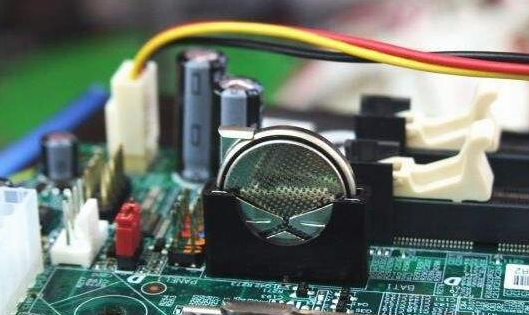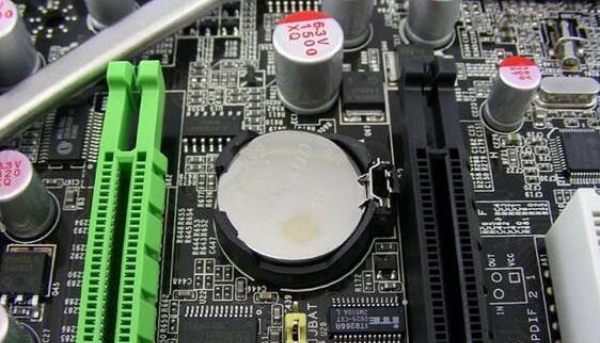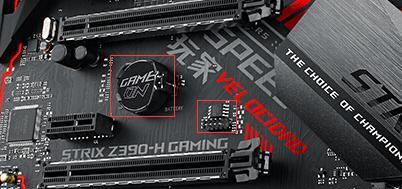About CMOS batteries
The button battery on the motherboard is more commonly known as "CMOS" battery in the industry or the public. The CMOS battery is specially used to power the CMOS chip on the motherboard. Where is the CMOS chip? In the early years, CMOS existed independently on the main board, and now it has been integrated into the PCH (commonly known as "Nanqiao") of the main board.

Vertical type
One of the most important characteristics of CMOS chips is that information will be lost after power failure, just like memory. Our computer can be cut off anytime and anywhere, which requires special extra power supply. In fact, the life of CMOS battery is very long. In the early stage, it can be recharged (when the main board is connected to the power supply, it will be automatically charged). However, with the development of manufacturing technology and technology, the stores that need to be provided by CMOS are getting smaller and smaller, so that the current CMOS is basically not rechargeable, and the life is usually maintained in 3-5 years.

Horizontal CMOS
CMOS chip
CMOS battery mainly serves the following three objects in CMOS chip:
1. CMOS memory: the early BIOS storage is indeed put in CMOS, but the current BIOS is stored in the dedicated flash on the motherboard (power down will not lose data). This is also an important reason why many people are confused about CMOS and BIOS. At present, the BIOS is mainly UEFI. Try to avoid putting BIOS related information into the BIOS. Sometimes it is necessary to be compatible with traditional functions.

The left red box is CMOS battery, and the right red box is
2. Clock RTC: in the early days, it was necessary to guarantee the data inside, but now it is only necessary to record the time and maintain the normal operation of the time.
Setting time under BIOS
3. Register to be saved in case of power failure: detailed introduction below
So if the CMOS battery runs out of power, the impact on individuals is minimal. BIOS information will not be lost and the chipset will not be damaged. If the RTC time is not running normally, the system will automatically use the network to correct the time and update the RTC. However, there are still some small problems, such as: some traditional devices are not working properly; before the time is not calibrated, there will be errors in installing win8 / 10.
CMOS saved registers
There are two kinds of registers. One is the internal register of CMOS chip, which is generally used to optimize the BIOS startup. For example, the BIOS needs to be restarted three times before optimization. After optimization, according to the value of the register, it is necessary to reduce part of the restart properly and speed up the BIOS startup time.
The other is the register in PCH, which has a very important function. As mentioned earlier, the BIOS update fails, and the motherboard manufacturer will try to ensure that the BIOS can be restarted. When the BIOS fails to be updated and the next time it is powered on, when the CPU issues the command to PCH, judge the value, and then select the startup process. If the BIOS fails to update, if you plug and unplug the battery again, the value saved in PCH will be lost, and the BIOS may really hang up.
PCH on main board (South Bridge)
In addition, by default, the motherboard manufacturer will consider the user's usage habits and write in CMOS. When it detects that CMOS has been moved, it will restore the initial BIOS value. That's why, when you can't power on after modifying the BIOS content, you can plug and unplug the CMOS battery again, and the BIOS can power on normally.